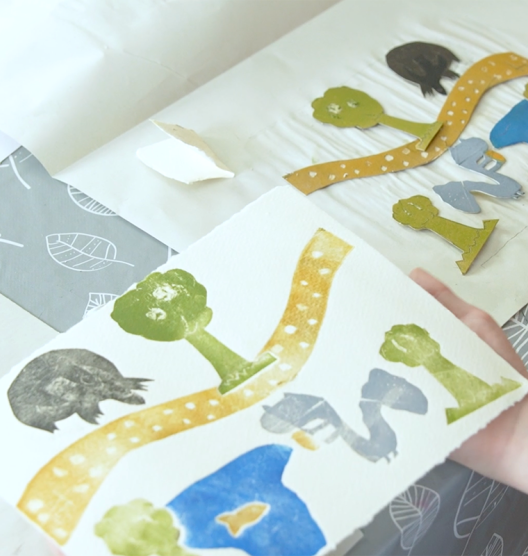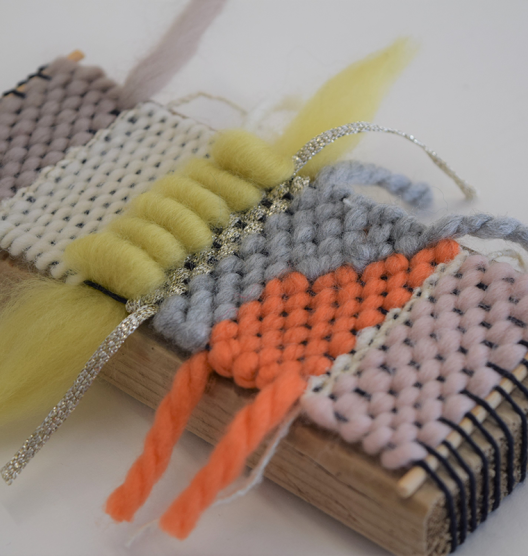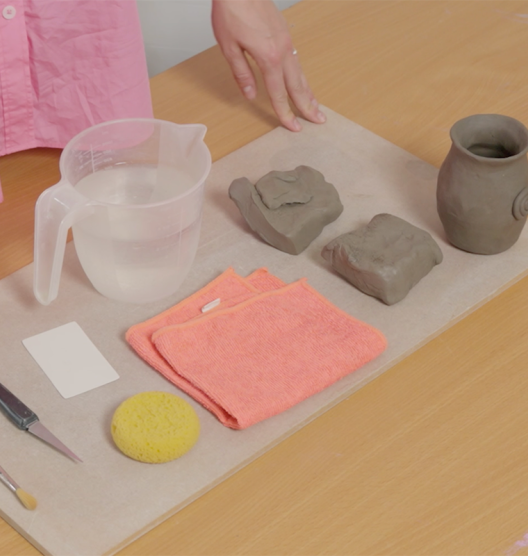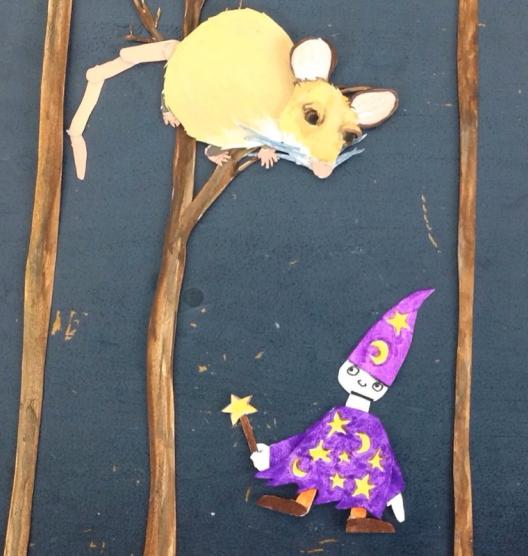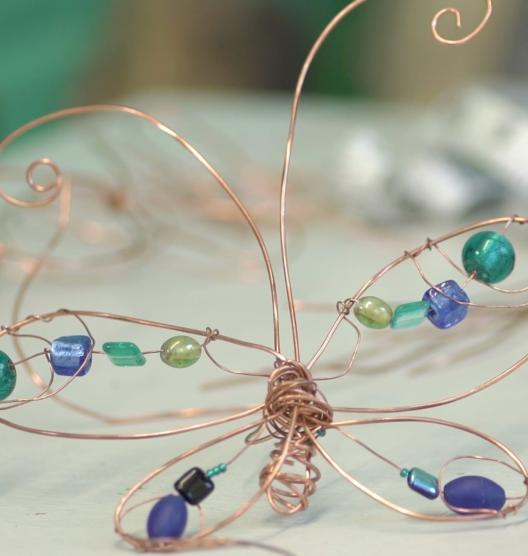Hi, I’m Abi Makepeace, an artist with a background in Film, Photography and Community Arts.
In 2020, confined to my house during the coronavirus lockdown, I started working with textiles — using food waste from my kitchen to colour fabric and making it into clothes, quilts and other things. I discovered that working with cloth is incredibly meditative, and it did a lot to calm my mind and body, during that strange and uncertain time.
I now run health and well-being workshops for children, community groups and vulnerable adults, sharing the magic and alchemy of foraging for and using plants; roots, bark and berries to extract colour and dye cloth to make them into things.
I hope you enjoy these short, simple tutorials, which use materials you can find in your home and natural environment, to make beautiful, botanically dyed and functional textile objects.
To learn more about my textiles community work at Makepeace Studio see here. (https://www.instagram.com/makepeacestudio/)
Film 1 — An introduction to me and my practice
Film 2 — ‘Shibori' Dyed Sheet
Shibori is the traditional process of folding and binding fabric to form ‘resist’ areas that dye cannot penetrate to create beautiful repeat patterns.
I use onion skins in this tutorial, which can be saved from the compost bin, to make a beautiful orange / brown colour. An old sheet is ideal to use for this process. Just be sure to use 100% cotton as poly-cotton will not absorb the dye.
Film 3 — ‘Bundle' Dyed Napkins
Bundle Dyeing is the process of wrapping plant material in cloth and steaming it to extract it’s colour. It was developed by artist India Flint.
In this video, I use plant ingredients found in the kitchen and plants that can be foraged in your local environment.
You’ll need 100% cotton, linen or another natural fabric, like hemp or nettle.
Film 4 — ‘Hapazome’ Pillow Case
‘Hapazome’ is an ancient Japanese printmaking technique of bashing plant matter straight into paper or cloth, to give surprisingly detailed results.
In this tutorial, I use flowers and leaves collected from the garden and hedgerows and a white cotton pillow case. You’ll also need a hammer and a hard surface, a wooden chopping board works well.
What do you think?
We'd love to hear your feedback.


